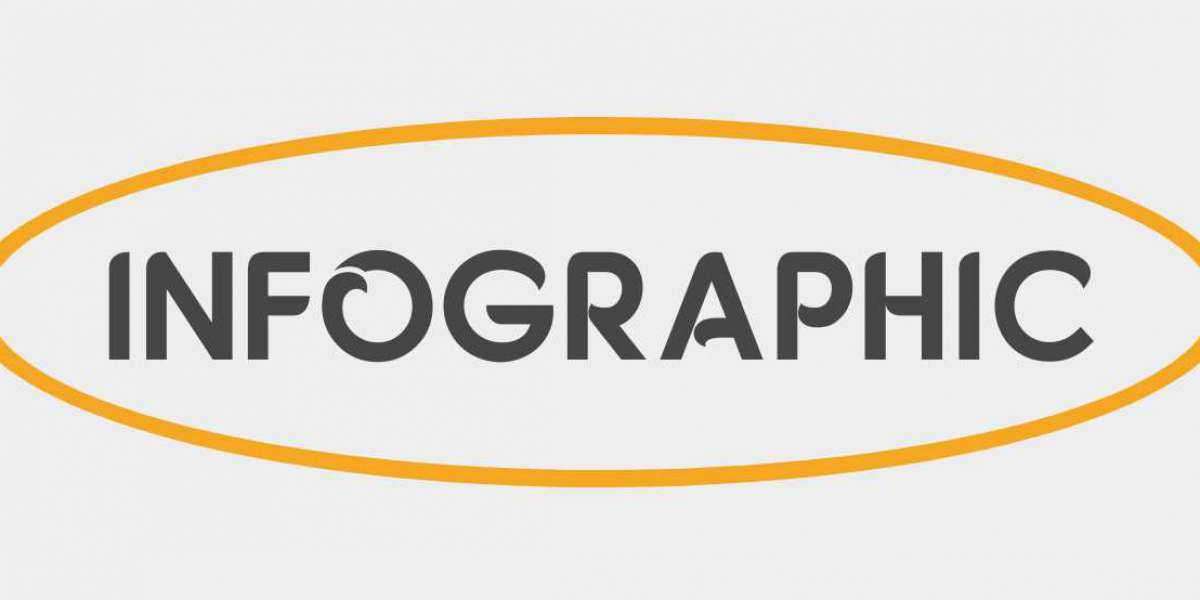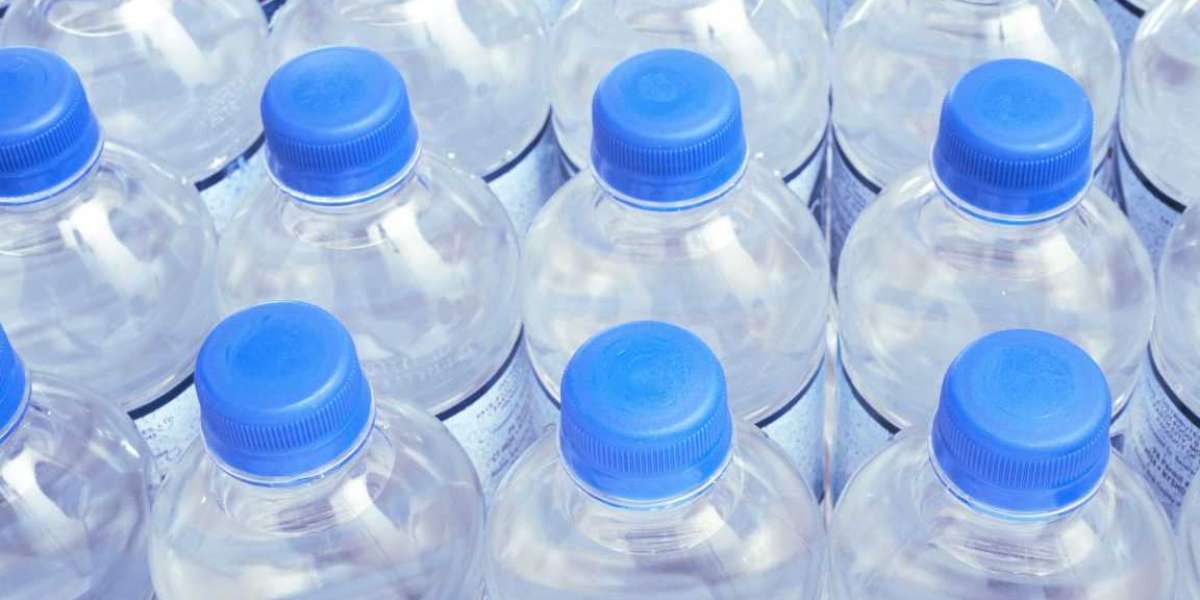Regular maintenance is essential to keep your vehicle looking its best and maintaining its value. One crucial aspect of car care is the wash and wax process. By properly washing and waxing your vehicle, you can restore its shine, protect the paintwork, and ensure long-lasting beauty. In this article, we will explore the importance of wash and wax, the steps involved in the process, and the benefits it brings to your vehicle.
- The Significance of Wash and Wax
Wash and wax is a comprehensive cleaning and protection process that goes beyond a regular car wash. While a car wash focuses on removing surface dirt and grime, wash and wax involves additional steps to clean, shine, and protect the exterior of your vehicle. The combination of washing and waxing provides numerous benefits for both the appearance and longevity of your car's paintwork.
- Steps Involved in Wash and Wax
2.1. Preparing the Supplies: Gather the necessary supplies, including car shampoo, a wash mitt or sponge, a microfiber towel, a bucket, and a high-quality car wax.
2.2. Pre-wash: Rinse the vehicle thoroughly to remove loose dirt and debris. This step helps prevent scratching the paint during the washing process.
2.3. Washing: Fill the bucket with water and add the recommended amount of car shampoo. Using the wash mitt or sponge, gently wash the vehicle, starting from the top and working your way down. Pay attention to all surfaces, including the body, windows, wheels, and tires. Rinse the mitt or sponge frequently to prevent dirt buildup.
2.4. Drying: After rinsing off the soap, use a clean microfiber towel to dry the vehicle. Start from the top and work your way down, ensuring all areas are thoroughly dried to prevent water spots.
2.5. Applying Wax: Once the vehicle is dry, apply a thin layer of car wax using a wax applicator or a soft cloth. Follow the instructions provided by the wax manufacturer. Allow the wax to dry to a hazy finish.
2.6. Buffing: Once the wax is dry, use a clean microfiber towel to buff the waxed surface, revealing a glossy shine. Take care to buff gently and evenly for a smooth and polished look.
- Benefits of Wash and Wax
3.1. Enhanced Appearance: Wash and wax restores the shine and luster of your vehicle's paintwork, giving it a fresh and attractive look. The glossy finish adds a touch of elegance and makes your car stand out on the road.
3.2. Protection Against the Elements: The wax acts as a protective barrier, shielding the paint from harmful elements such as UV rays, dirt, debris, and contaminants. This protection helps prevent paint fading, oxidation, and surface damage, preserving the appearance of your vehicle for longer.
3.3. Improved Resale Value: Regular wash and wax maintenance demonstrates that you have taken care of your vehicle. A well-maintained exterior can significantly enhance the resale value of your car when it's time to sell or trade it in.
3.4. Ease of Cleaning: The smooth and slick surface created by the wax makes it easier to clean your vehicle in the future. Dirt and grime are less likely to adhere to the protected surface, simplifying the maintenance process and reducing the frequency of washes.
3.5. Long-lasting Results: Properly washing and waxing your vehicle at regular intervals helps maintain the shine and protection for an extended period. By incorporating wash and wax into your car care routine, you can enjoy long-lasting results and a pristine appearance.
Paint Correction: Restoring the Brilliance of Your Vehicle's Paintwork
Over time, a vehicle's paintwork can become dull, scratched, or marred by imperfections. This is where paint correction comes into play. Paint correction is a meticulous process that involves removing surface defects, restoring the shine, and enhancing the overall appearance of your vehicle's paint. In this article, we will explore the importance of paint correction, the techniques involved, and the benefits it brings to your vehicle's aesthetics and value.
- Understanding Paint Imperfections
Paint imperfections can occur due to various factors, including swirl marks, scratches, oxidation, water spots, and holograms. These imperfections not only diminish the appearance of your vehicle but also affect its resale value. Paint correction addresses these issues by carefully removing or minimizing the defects, resulting in a flawless and glossy finish.
- Techniques Used in Paint Correction
2.1. Paint Inspection: A thorough inspection is conducted to assess the condition of the paintwork and identify the specific imperfections that need correction. This step helps determine the appropriate techniques and products to be used during the process.
2.2. Surface Preparation: Before starting the correction process, the vehicle's surface is properly cleaned and decontaminated to remove dirt, debris, and any substances that may interfere with the correction procedure. This ensures a clean and smooth surface for effective correction.
2.3. Polishing: Polishing is a key step in paint correction. It involves using specialized polishing compounds and a machine polisher to gently remove a thin layer of clear coat, leveling out imperfections and restoring a smooth finish. The polishing process is done gradually, with different abrasive levels, to achieve the desired correction results.
2.4. Finishing: After the correction process, a final finishing polish is applied to refine the paintwork and enhance the clarity and depth of the finish. This step removes any remaining swirl marks or haze, resulting in a brilliant and reflective surface.
2.5. Protection: To ensure long-lasting results, a protective layer such as a sealant or wax is applied to the corrected paintwork. This protective coating acts as a barrier against environmental contaminants, UV rays, and fading, preserving the restored finish and enhancing its durability.
- Benefits of Paint Correction
3.1. Restored Appearance: Paint correction brings back the original brilliance and depth of your vehicle's paintwork. By eliminating imperfections and restoring a flawless finish, your vehicle will regain its showroom-like appearance, enhancing its overall aesthetics and making it stand out on the road.
3.2. Increased Resale Value: A well-maintained and professionally corrected paintwork significantly enhances the resale value of your vehicle. Potential buyers are more likely to be attracted to a car with a flawless exterior, indicating that it has been cared for and maintained properly.
3.3. Paint Protection: The correction process not only improves the appearance but also adds a layer of protection to the paintwork. The removal of imperfections and application of a protective coating help shield the paint from environmental damage, such as UV rays, oxidation, and contaminants, extending the life of the paint and preserving its integrity.
3.4. Enhanced Durability: Corrected paintwork is more resistant to swirl marks, scratches, and other surface imperfections. The smoothing out of the clear coat makes it easier to clean and maintain, reducing the risk of future damage and simplifying your vehicle's upkeep.
3.5. Personal Satisfaction: Seeing your vehicle transformed from a lackluster appearance to a flawless and glossy finish brings a sense of pride and satisfaction. The refreshed paintwork will make you fall in love with your vehicle all over again, increasing your enjoyment and pride of ownership.








